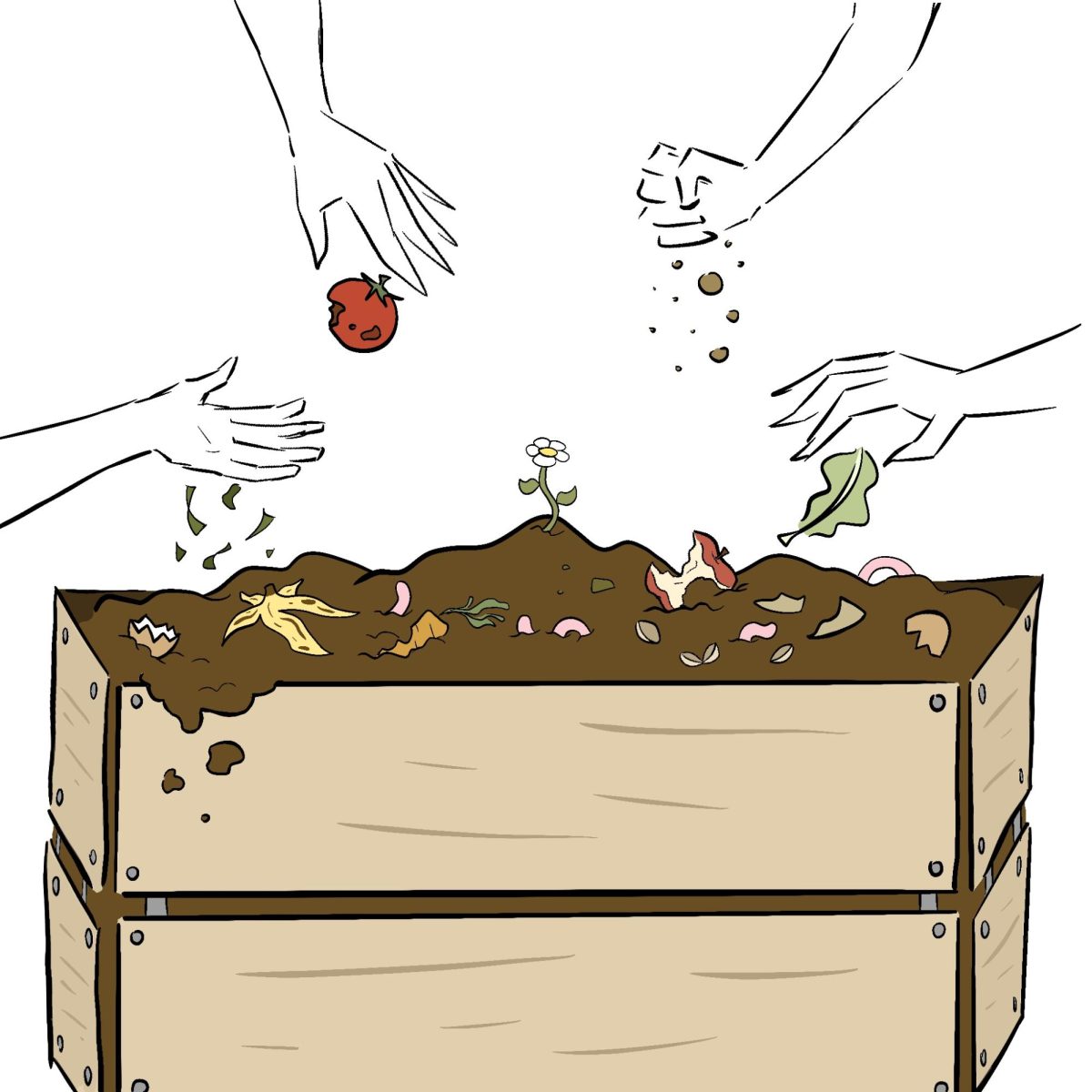Have you ever looked beyond the trees that surround our campus, above the gated windows that line the street, near the roof of our towering school? If you have, you have caught a glimpse of the intricately carved stone depictions—called Greek Reliefs.
Originally built in 1888 and replaced in 1933, the Cambridge Rindge and Latin School has an impressive and rich history. In fact, embedded into the exterior of the main building, the Greek Reliefs provide a daily reminder of our past and everyone who came before us.
This past summer, retired CRLS teacher, Rindge Alumni Association member, and school historian Mr. Stephen Surrete became fascinated by these often forgotten and overlooked relics of our school’s history. The carvings, now 92 years old, are over 100 feet in the air and partly covered by trees, making access from ground level very difficult. Additionally, their small size, not more than one foot in length and three feet in width, make them almost impossible to capture by camera from the ground.
Luckily, the CRLS Drone Club had the right tools for the job. Within 30 minutes, I, Drone Club founder and co-president, Rehaan Anjaria, and avid Drone Club member Liam Taub, aided by the friendly presence of Mr. Surrete, used the DJI Mini 2—a 4k, 249 gram drone—to capture images of more than 25 different reliefs, even finding a few hidden behind the roof!
But why? Why wake up early to film some old carvings on the exterior of our building? Well, if you look closely at the different reliefs printed in this issue, you’ll find that no two reliefs are the same. What amazed Mr. Surrete, and soon took mine and Liam’s amazement, was not only how intricately made each relief was, but also how the theme of each of the 20 odd reliefs always differed from the one to the next. For example, one relief depicts a Greek sport game, and another depicts the carvings of Greek literature. In this way, we were able to see the creativity that differed each relief from its neighbor.
Even more intriguing, when compared to the original blueprints of the 1930s building, we found that the themes depicted in each relief correlate almost perfectly with the subjects taught at that exact location within the school.
One of my favorite reliefs, carved three stories above the main entrance, obscured by trees, depicts a man in a robe surrounded by shrubs and a lamp, holding a sign that reads “literature.” As Mr. Surrete explained, this relief was put here to signify that the literature classes would be placed in this location of the building. Moving closer to Broadway,
another relief is etched into the wall, portraying a woman in a robe playing a harp, only slightly obscuring the word “music” etched behind her. This part of the building, naturally, was initially intended to hold the theater and music classes.
Without the use of drones, we wouldn’t have been able to take such clear pictures of the Greek reliefs carved more than 150 feet in the air. Learning more about the history of our school has deepened our appreciation for these hidden details, and made us appreciate the time and effort that went into making them.
The Drone Club would like to thank Mr. Surrete for helping us explore this hidden side of CRLS. In his words, the reliefs “have been an integral part of our lives,” and his goal is “to inform students and alumni of these reliefs and what they signify as a small piece of the school’s legacy.”
So, the next time you are walking back from Broadway or Harvard market, I encourage you to pause and just take a second to look up. The Greek reliefs on the upper perimeter of our school serve as a part of the story of CRLS and link the past with the present.
This article also appears in our October 2024 edition.













